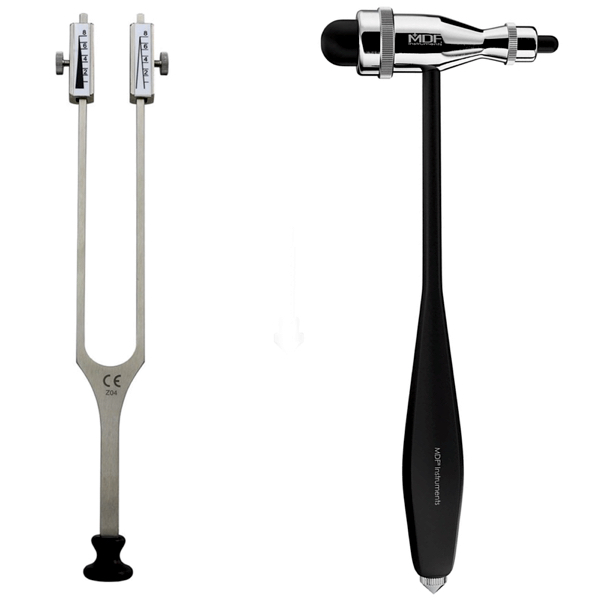What is Myasthenia Gravis (MG) ?
MG is a chronic autoimmune neuromuscular disorder characterized by weakness of the voluntary muscle groups, which are the muscles we use to perform physical activities. For reasons that are not clearly understood, the immune system of patients with MG makes antibodies against the receptor sites of the neuromuscular junction. Certain muscles such as those that control eye and eyelid movement, facial expression, chewing, talking and swallowing are often, but not always, affected by the disorder. The muscles that control breathing and neck and limb movements may also be involved.
How is it diagnosed?
A patient with MG typically presents with muscle weakness. However, because this is a common symptom, diagnosis of MG may be delayed. A physician will perform a detailed history and physical examination, and look for specific muscle impairment (such as eye movements) as well as weakness that comes on with activity and improves following rest. Diagnosis can be confirmed with several tests including blood tests for acetylcholine antibody receptors and anti-MuSK antibodies, electromyography, nerve conduction studies and/or a tension test to measure effectiveness of the drug to alleviate fatigue for a short period of time.
How is it treated?
There are many effective treatments for myasthenia gravis. Common medications used to treat MG may include: Anti-acetylcholinesterase agents (e.g.,Mestinon®), corticosteroids (e.g., prednisone) and immunosuppressant agents (e.g.,Imuran®). These may be used to suppress the abnormal action of the immune system that occurs in MG. Intravenous immune globulin (IVIg) also can be sometimes used to affect the function or production of the abnormal antibodies. Thymectomy (surgical removal of the thymus gland) is another treatment used in some patients in an attempt to lessen the severity of the MG weakness after some months to years. Plasmapheresis, or plasma exchange, may be useful in the treatment of MG. This procedure removes the abnormal antibodies from the plasma of the blood.
Resources:
https://myasthenia.org/What-is-MG

Myasthenia Gravis
MG is a chronic autoimmune neuromuscular disorder characterized by weakness of the voluntary muscle groups, which are the muscles we use to perform physical activities. For reasons that are not clearly understood, the immune system of patients with MG makes antibodies against the receptor sites of the neuromuscular junction.
Multifocal Motor Neuropathy
MMN (Multifocal Motor Neuropathy) is a rare disorder in which focal areas of multiple motor nerves are attacked by one’s own immune system. Typically, MMN is slowly progressive, resulting in asymmetrical weakness of a patient’s limbs.
CIDP
Chronic Inflammatory Demyelinating Polyneuropathy (CIDP) is a neurological disorder characterized by gradually (over months or years) increasing weakness of the legs and arms. It is caused by damage to the protective covering of the nerves, called myelin. Symptoms are variable and may be mild to debilitating.
Guillain-Barré Syndrome
Guillain-Barré syndrome (GBS) is a rare neurological disorder in which the body’s immune system mistakenly attacks part of its peripheral nervous system—the network of nerves located outside of the brain and spinal cord.
Myositis
Myositis means inflammation of the muscles that you use to move your body. An injury, infection, or autoimmune disease can cause it. Two specific kinds are polymyositis and dermatomyositis. Polymyositis causes muscle weakness, usually in the muscles closest to the trunk of your body. Dermatomyositis causes muscle weakness, plus a skin rash.
Lambert-Eaton Myasthenic Syndrome
Lambert-Eaton myasthenic syndrome (LEMS) is a rare autoimmune disorder of the neuromuscular junction. It is a miscommunication between the nerve cell and the muscles that lead to the gradual onset of muscle weakness.
Amyotrophic Lateral Sclerosis
Amyotrophic lateral sclerosis (ALS) is a group of rare neurological diseases that mainly involve the nerve cells (neurons) responsible for controlling voluntary muscle movement (e.g. chewing, walking, and talking). The disease is progressive, and symptoms get worse over time. Currently, there is no cure for ALS and no effective treatment to halt, or reverse, the progression of the disease.
Muscular Dystrophy
Muscular dystrophies are a group of muscle diseases caused by mutations in a person’s genes. Over time, muscle weakness decreases mobility, making everyday tasks difficult. There are many kinds of muscular dystrophy, each affecting specific muscle groups, with signs and symptoms appearing at different ages, and varying in severity.








